How to get the perfect 808s: 8 tips to help you achieve weighty 808 kicks
Whether used as a kick or bass, get perfect 808s every time with our essential guide…
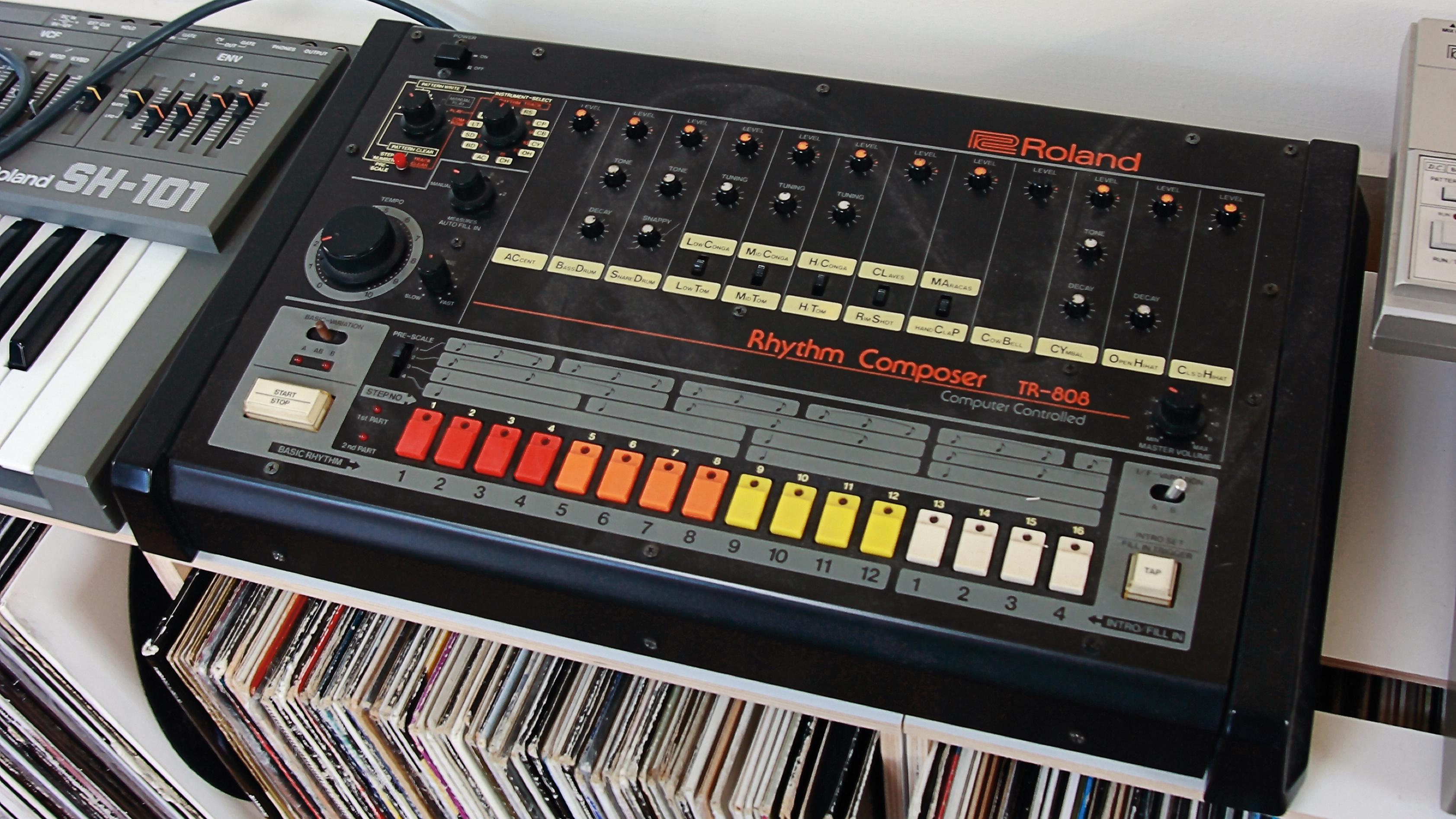
Often used as either a kick, a bass, or a combined kick-and-bass in many genres, the TR-808 bass drum is undoubtedly the most recognisable electronic kick sound of all time. During an era where kick drums were designed to emulate the midrange punch of acoustic sounds, the 808 kick’s sheer subsonic power shook sound systems in previously unheard ways – and still does to this day.
But exactly how does the TR-808 synthesise its famous bass drum? “The 808 kick is effectively a resonating circuit,” explains Roland. “This circuit’s time constant determines its frequency and decay time. If accent is present, the oscillation frequency is doubled for the duration of half a waveform cycle of an ‘un-accented’ kick’s frequency – making accented kicks ‘punchier’.”
While the TR-808 bass drum can’t be transposed directly on the hardware, producers discovered a new way to fill the low end of a mix. By sampling a single note, then playing this note across the keyboard, the sound can be used as a relentless barrage of pitched bass notes – a technique which has become the centrepiece of genres such as hip-hop, R&B, juke, trap, jungle and drum & bass.
When working with your own ‘808’ – hip-hop’s colloquial term for the famous bass drum – be aware that the sound will completely dominate the low end of a mix, so allocate low-end space by employing adequate high-pass filtering throughout your other track elements.
Check your mix on smaller systems too (earbuds, laptops and phones) to ensure sufficient harmonic presence; there’s nothing worse than programming a bass-heavy 808 in the studio only to hear it disappear on consumer-grade speakers.
How to shape the perfect 808 kick
1. Not all equal
It’s a common misconception that all 808 kicks are effectively the same, so once you’ve got one sample in your library, there’s no need for any more. In fact, there can be massive differences, both in the initial sounds themselves and the manner in which they were recorded.
For one thing, TR-808 drum machines were notoriously variable from unit to unit, and although in theory the kick on any 808 was tuned to 56Hz – a slightly sharp A – in reality there was often a significant difference from one machine to the next. The age of a machine can affect the tuning and tonality of a kick too.
Want all the hottest music and gear news, reviews, deals, features and more, direct to your inbox? Sign up here.
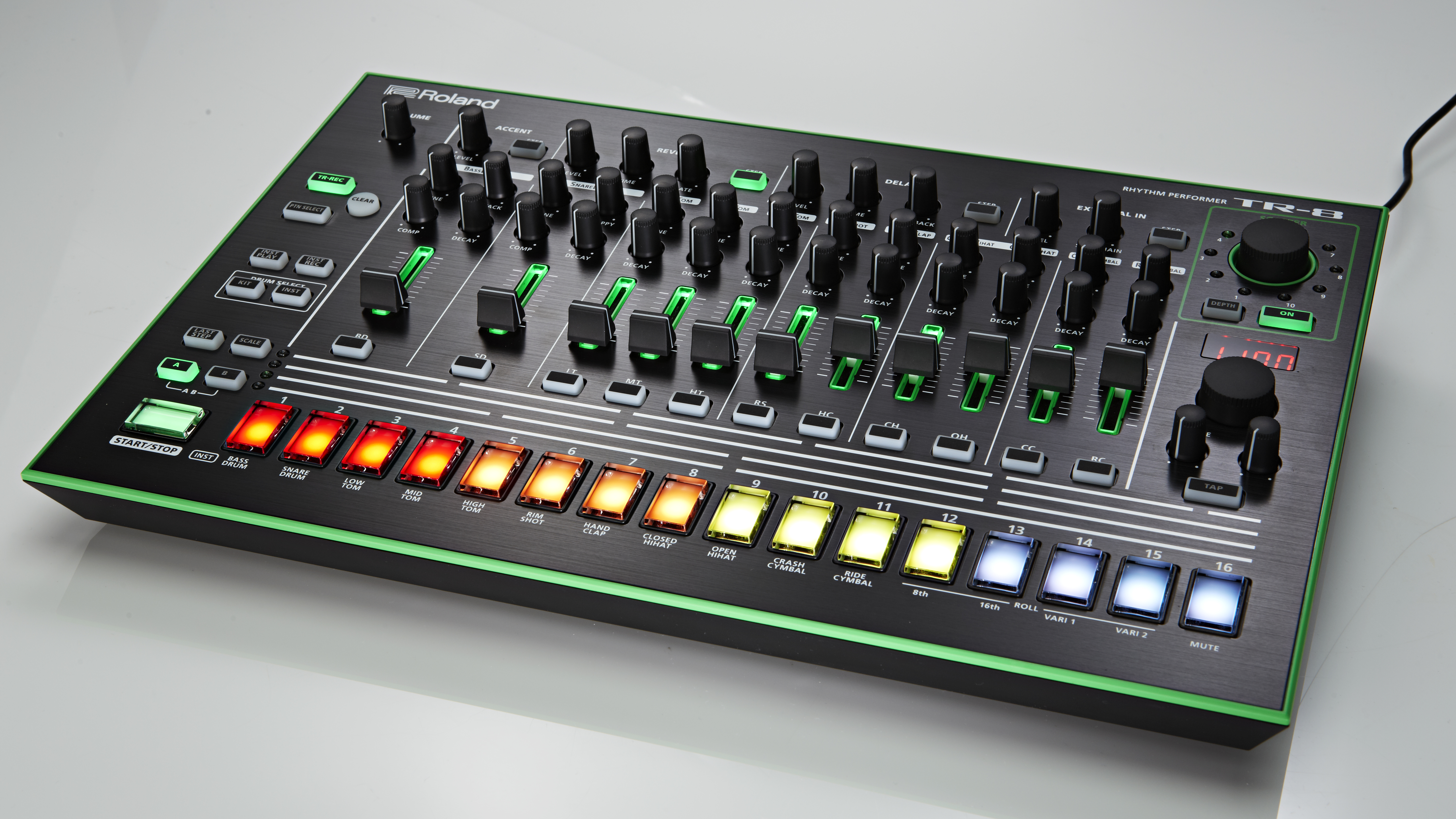
Added to that, a sampled kick can take on a lot of subtle characteristics depending on how it’s been recorded: has it been run through a characterful compressor? Is there a touch of saturation or noise? How long is the decay of the recorded sample?
The point is that if you’re someone regularly working with 808s, it’s worth having a variety of source sounds to hand. Better still, a modern emulation, such as Roland’s Cloud plugin or modern TR machines, or Behringer’s RD-8, will allow you to sequence, shape and resample custom kicks for each new track.
2. Always tune
Even when used as a kick rather than overt basslines, be sure to tune an 808 kick sample to the key of your track. Use a tuner plugin, play an initialised synth patch alongside as you tune, or even smash the raw sound through a saturation plugin to decipher its key.
3. Added attack
The 808 kick’s attack is rather thin. Try using a punchier kick focused around 80-100Hz to provide the front-end punch, and gently sidechain the 808 layer against it.
4. Low-mid presence
Gentle saturation is great for exaggerating an 808 kick’s low mid harmonics. To keep the raw sound intact, send it to a bus and use a linear phase EQ to isolate the areas you want to accentuate before applying drive in parallel.
5. Shaping with compression
When it comes to compressing kick sounds, the most important parameters at your disposal are the attack and release controls. Consider the attack time: the initial impact of an 808 kick is its punchiest, highest-pitched moment. Is this the part of the sound you want to catch and process with your compressor?
If so, you’ll need an extremely fast setting to ensure compression begins immediately. Or, you might want to leave this initial transient alone and to squeeze the dynamics of the decay portion of the sound – where most of the bass frequencies are – in which case a slightly longer attack time, which ignores the initial impact, will be required. The attack time will still need to be quick, however, as that initial transient won’t last for long.
Similarly, how quick do you want the release time to be, to control how quickly the decay stage returns to normal having been processed? Explore these parameters in depth –they may have an impact on a kick’s tone as well as its dynamic response.
6. Clear some space around it
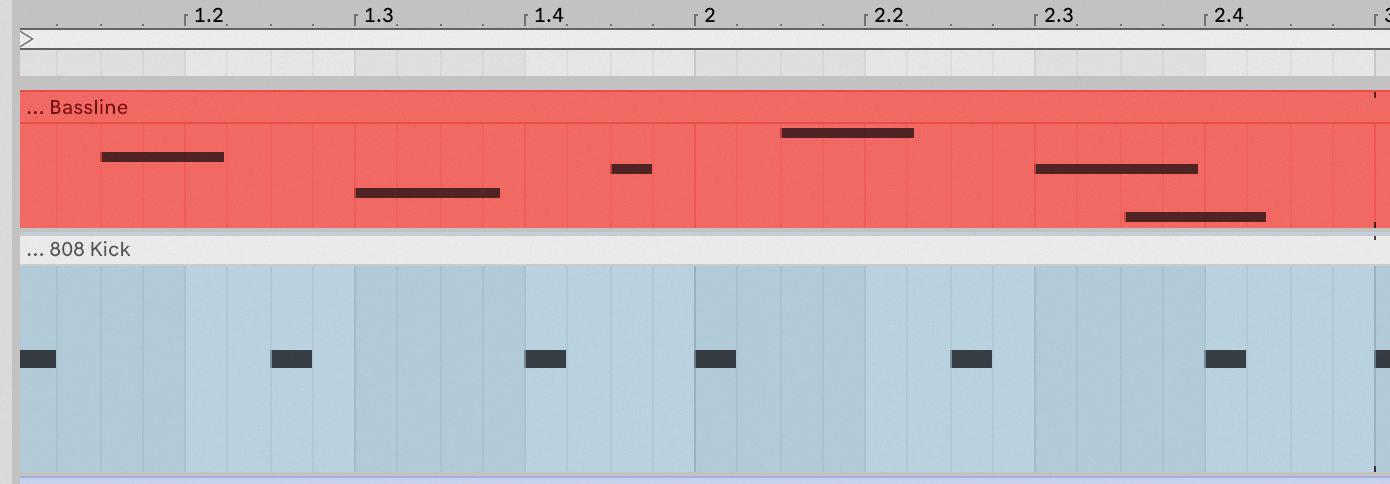
When it comes to sub-heavy elements like an 808 kick, part of the secret to getting them sounding clean and powerful is to stop other elements clashing with them. You can do this through programming: if you have other bass heavy elements such as a bassline or synth chords, try to make sure these don’t play at the same time as your 808 kicks, to avoid them competing.
In cases where it’s unavoidable, roll off any unnecessary low-end frequencies from anything other than bass parts – eg, snares, chords, percussion – and use sidechained compression to duck elements around
one another.
7. Tail considerations
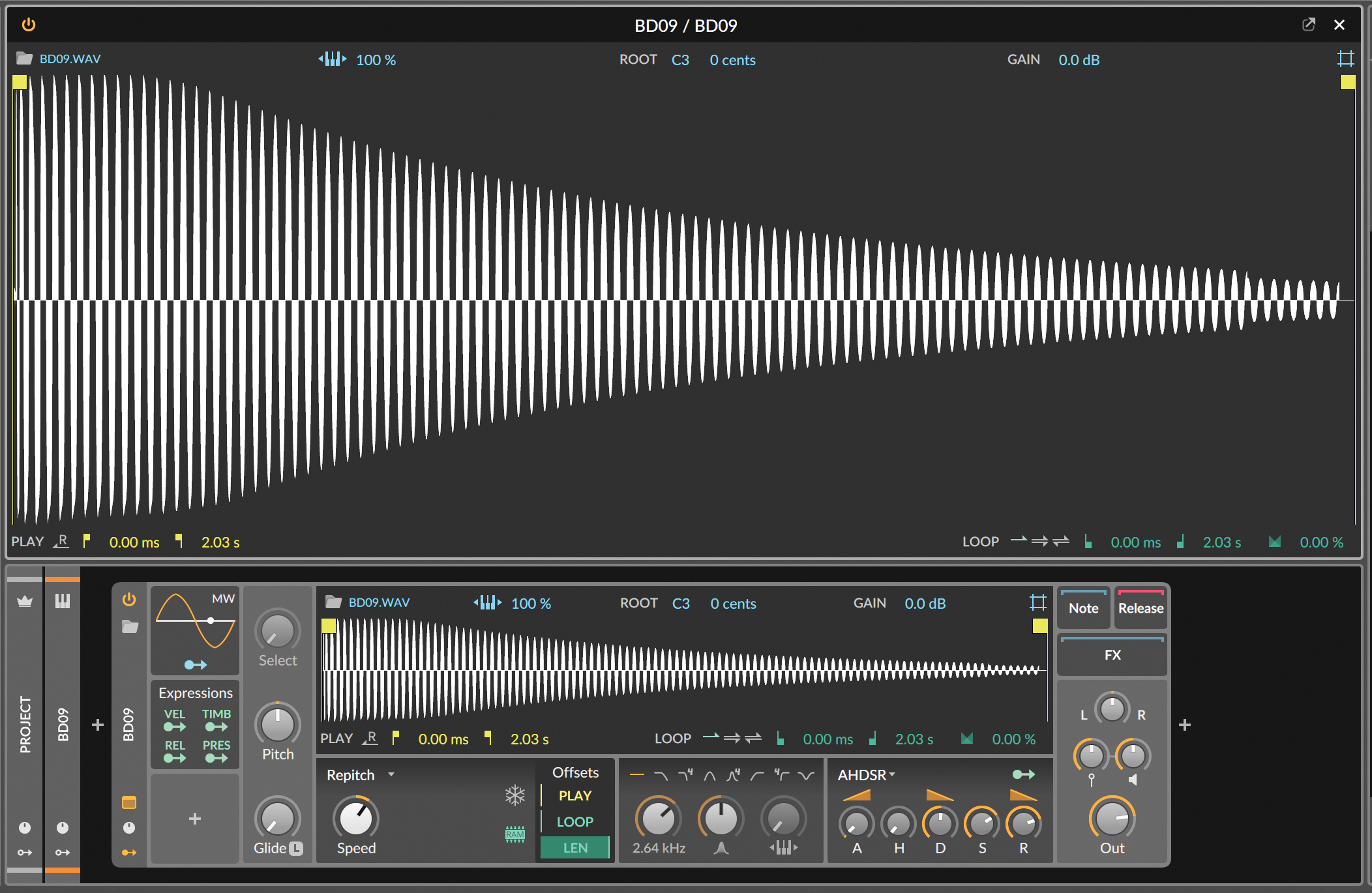
An 808 bass drum’s weight lies in its decay tail. It’s important to devote care to your sound’s volume envelope, and apply careful compression if necessary. Because of this, rather than simply dropping your 808 sample onto your DAW’s timeline, or using a basic sampler, it’s often best to play the sound back via a sampler that allows you to shape its amplitude via a proper volume envelope – preferably with decay, sustain and release stage.
Classic 808 kicks tend to vary a little in pitch from the initial attack stage to the end of a long tail. Bear this in mind, as you may find the perceived pitch of your sound changes somewhat depending on how long or short its volume envelope is. This effect can be particularly noticeable with distortion applied.
8. Roll off the lowest frequencies

One of the most appealing aspects of an 808 kick is its sub presence – the ability to add speaker-rattling low-end rumble to a track. For less experienced producers, it can be tempting to simply boost the hell out of an 808’s bass frequencies to really maximise that low-end power.
Doing so can have the opposite effect though. Anything below around 20-25Hz is beyond the realm of human hearing and will certainly get lost on anything other than a powerful club sound system or monitoring setup with a powerful sub. While it’s not always possible to hear those frequencies, they can still cause problems with how well your track will translate between one speaker system and another.
You might, for example, wind up with a track that sounds good on headphones but becomes a muddy mess when played in a club, or which has decent bass presence on your studio monitors but loses all its low-end power on a home speaker setup. The best ways around this are to use a high-pass filter or shelving EQ to cut anything below 25Hz, and to test your track on a variety of speaker setups.
How to blend an 808 bass and kick
Combining an 808 kick bassline and another kick can be tricky. Here’s how it’s done…
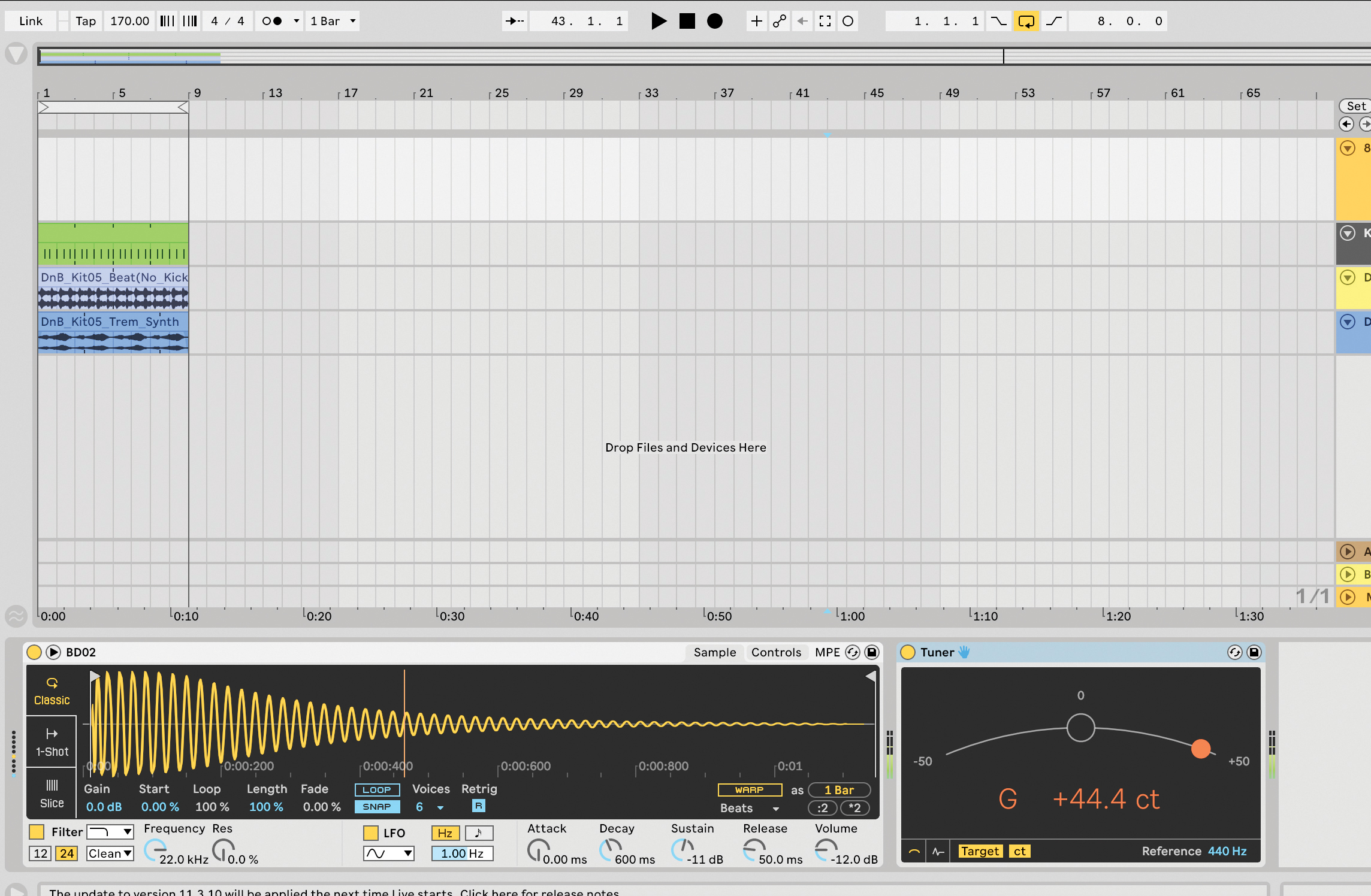
We have a simple drum & bass loop going, consisting of a synth, a drum break, and a separate kick. Let’s use a tuned 808 kick to create a sub heavy bass. To start, we load an 808 kick sample into Live’s Simpler and use a tuner to check its pitch. We then transpose it in our sampler so it aligns with our MIDI input (ie, a C note plays a C pitch).

We program a simple bass riff that works with our loop. We have Simpler in ‘Classic’ mode, which gives us an ADSR amp envelope; we can use this to adjust the kick’s long decay to suit the tempo of our track. We also set the sampler Voices to 1, making it monophonic, so we won’t have multiple bass notes clashing.
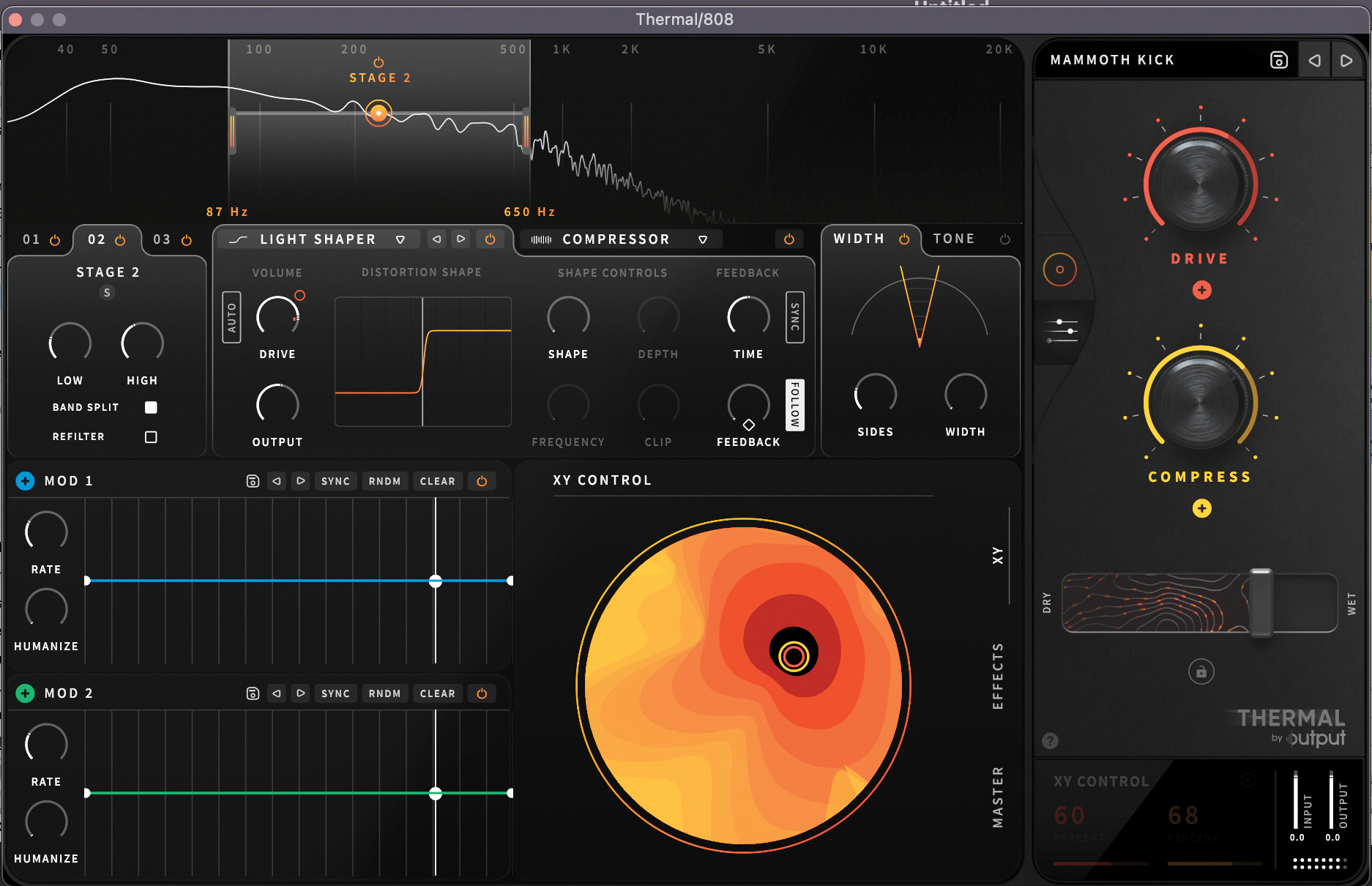
The kick sample has lots of bass but lacks midrange presence. For this we’ll use distortion. Output Thermal allows us to apply multiband effects targeted at the low-mids (100-600Hz). Light distortion adds extra harmonics, but we also use gentle compression and some mid/side boosting to emphasise these frequencies while keeping the lowest elements clean and mono.
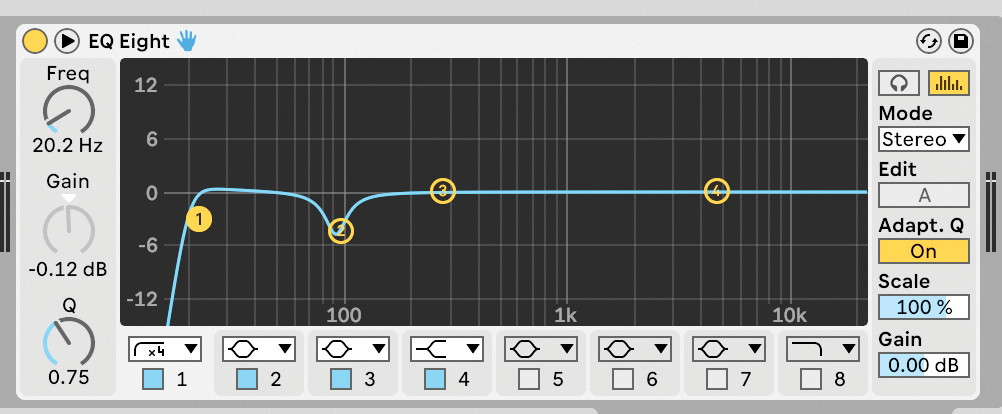
Although our bass generally works around the kick, some of the hits do fall at the same time, resulting in a clash in the low frequencies. We EQ our 808, cutting some content at 90Hz, which is the frequency our other kick is hitting at. We also cut the 808 below 20Hz to cut out unnecessary sub muddiness.

Next, we increase the attack in our 808’s sampler a little, to reduce its punchiness. This cuts some of the punchy attack from the 808 but leaves its low-end tail, which gives it more definition as a ‘bass’ element, compared to the other, more obviously percussive kick.

Finally, we apply a compressor to the 808, with the main kick as a sidechain input. Quick attack and release settings here mean that the 808 is ducked out of the way of the kick’s attack without being too obviously squashed.


I'm the Managing Editor of Music Technology at MusicRadar and former Editor-in-Chief of Future Music, Computer Music and Electronic Musician. I've been messing around with music tech in various forms for over two decades. I've also spent the last 10 years forgetting how to play guitar. Find me in the chillout room at raves complaining that it's past my bedtime.